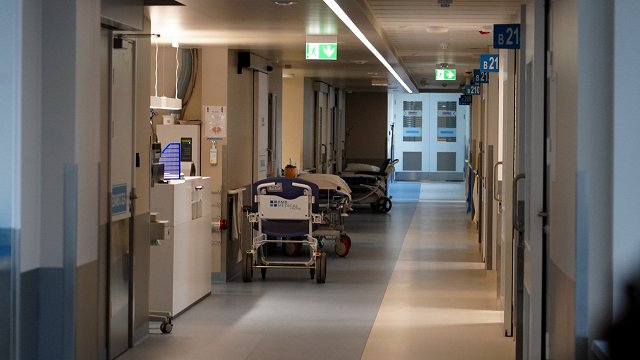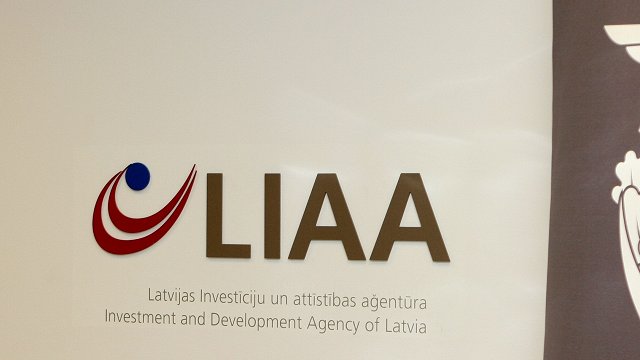"If Latvia was among the most heavily impacted countries in the 2008-2009 financial crisis, the current situation is the opposite: the Latvian economy is faring better than average worldwide. This leads us to hope that in the event of a second wave of the COVID-19 virus, we will be able to avoid a repeat of the previous crisis," Āboliņš said in an assessment of the current sitation on July 6.
"Despite the initial good news, there are also doubts regarding the uncertain future of the spread of the virus. However, there is hope that, thanks to previous experience and Latvia’s strong position compared with other countries, a second flare-up or second wave may be easier to overcome," Āboliņš said.
In his estimation the low point for the Latvian economy came in the middle of April, while recovery in retail in May and June came much more swiftly than expected. Data from Citadele’s payment cards show that the amount spent on goods in June was higher than pre- COVID-19 levels, although spending on services has not yet recovered.
According to figures published by the Bank of Latvia, during the state of emergency, Latvian households saved 200 million euros more in commercial banks than normal for the spring months, and it may be these savings that are currently being spent, pointing to a smaller fall in GDP than predicted in the spring.
"Our experience thus far shows that other indicators such as mobility and credit card spending point to the Baltics having one the strongest positions among EU and world countries. According to figures from Apple and Google, mobility indicators in the Baltics are much stronger than elsewhere, while the consumption dynamic in the Baltics during the pandemic has been surprisingly similar to what we are seeing in the Nordic countries," said Āboliņš.
"At the same time, we must remember that the virus has not ended or disappeared, and the pandemic is not finished worldwide. In many countries, the first wave is still ongoing, however, Latvia and the Baltic countries’ official forecasts of a fall in GDP this year may be too pessimistic. The economy will shrink, but there are well-founded hopes that it will be less than the worldwide average, and I believe that a fall in GDP may be around 4-5% this year."
"Of course, the biggest risk to the economy is still the possibility of another increase in the spread of the virus. However, we have been comparatively successful in managing the first wave, and we can also evaluate what measures were successful and which were not as successful. Thanks to our own and other countries’ experience, if there is a second wave of the virus, more precisely targeted and less strict restrictions could help to reduce various economic losses."
Latvia and Lithuania had different approaches to limiting business activity, while the curve of infections and the spread of the virus was fairly similar in both countries.
"This allows us to conclude that the introduction of strict restrictions on trade as were introduced by Lithuania in the spring may not be necessary. It is also not insignificant that we are currently more practically prepared, because we have access to disinfectant products, face masks, and PPE for medics, while stores, offices and other public places have been set up to adhere to distancing and safety," Āboliņš pointed out.
"The initial downward slide in the economy is over, and Latvia is experiencing some sort of a V-shaped recovery, wherein a swift fall is followed by a swift increase. Sensible state finances and our position in the Eurozone allowed the government to borrow funds to stimulate the economy during the crisis, while balanced external trade, moderate house prices, and the careful issuance of loans helped to keep the internal economy stable," he said.
"It is possible that we will soon be able to reach up to 95% of previous economic levels, but a full recovery will take longer, as not all sectors are able to operate fully or adapt. Among the sectors for whom a quick recovery and a return to full operations is complicated or impossible are the tourism and entertainment industries, as well as the transit sector, which experienced a sharp fall and is still declining. As unemployment continues, consumption dynamics may become less positive. Meanwhile, the situation for construction in the second half of the year may worsen, bearing in mind that many long-term investment projects have been postponed. Therefore, the crisis is not yet over, and we must remain cautious, continue to support the economy, and consider more targeted restrictions in the event of a second wave of the virus," Āboliņš concluded.



























